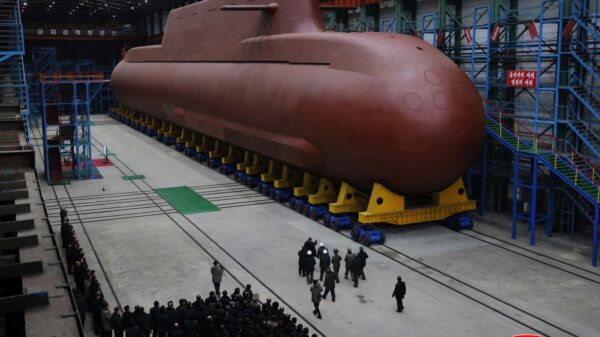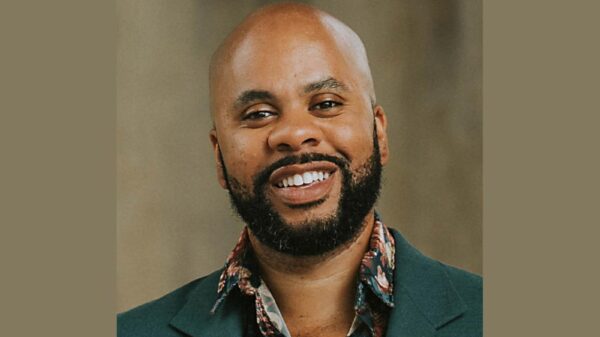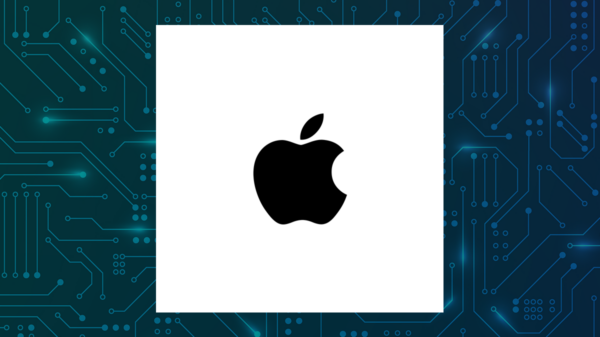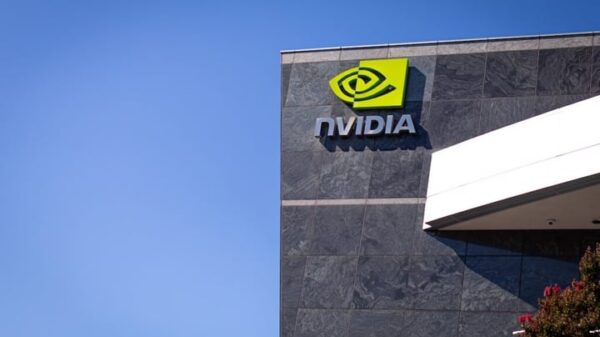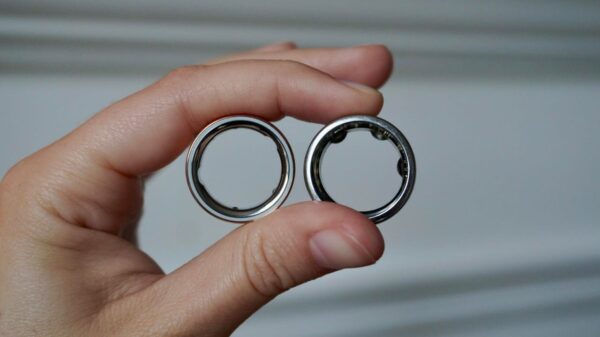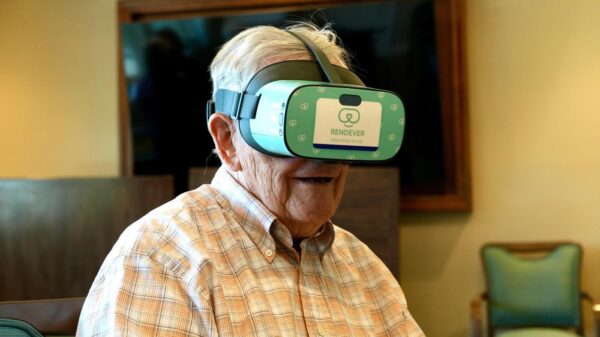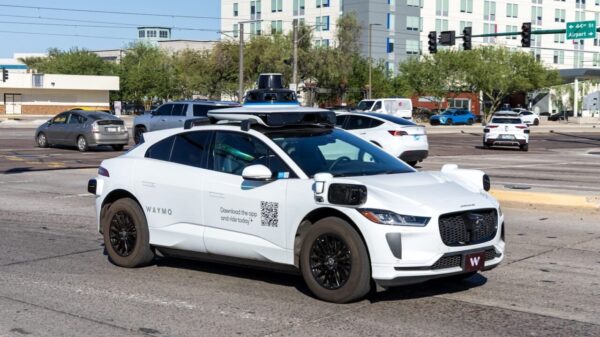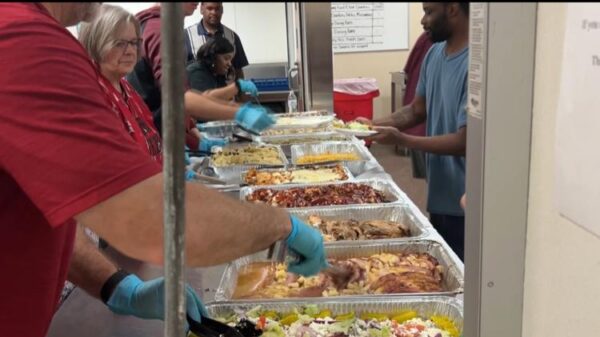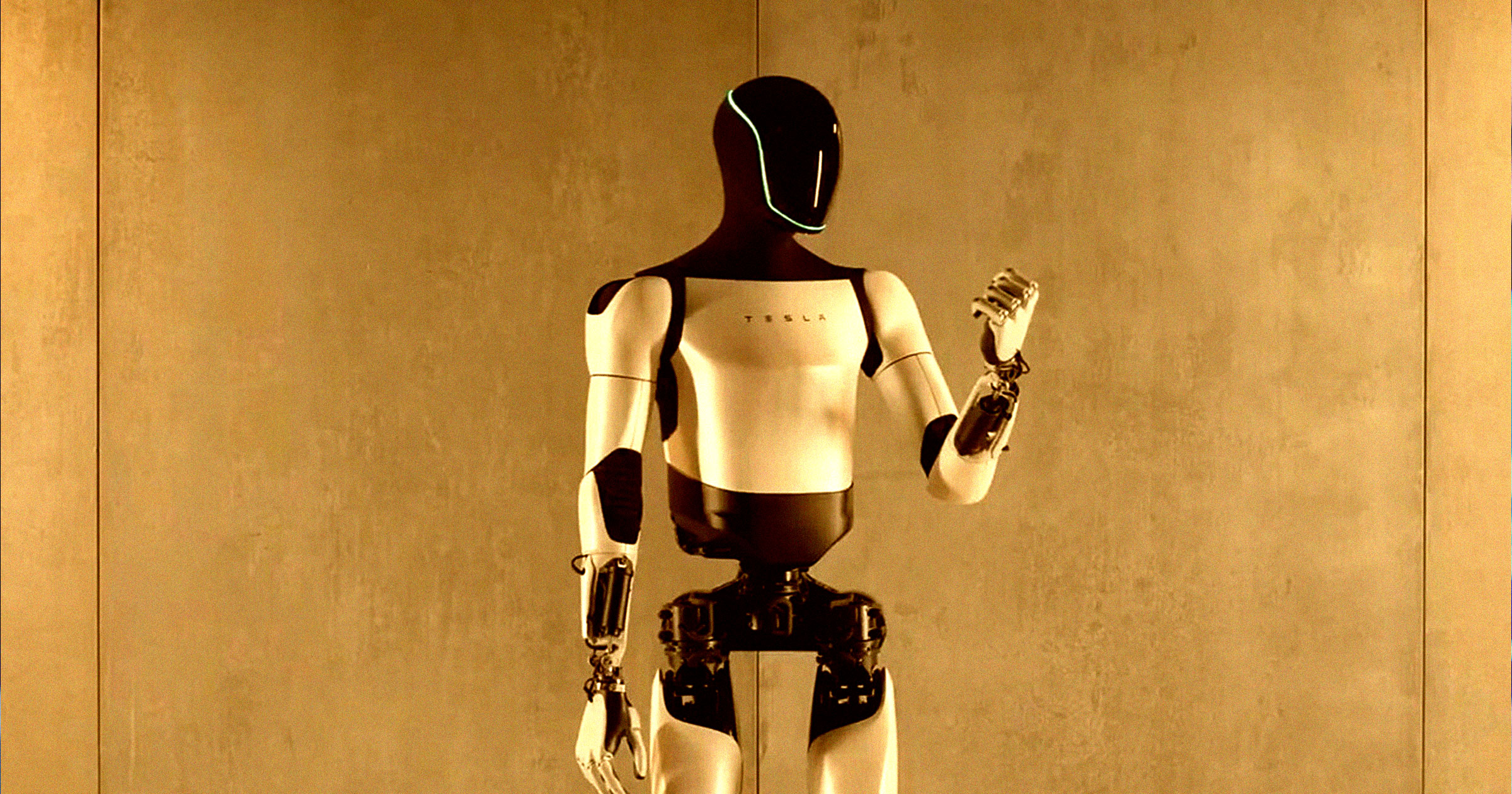Elon Musk’s ambition to transform Tesla into a leader in humanoid robotics is facing significant skepticism. The Tesla CEO recently stated that he envisions the company’s Optimus robots potentially generating over $10 trillion in revenue, which could elevate Tesla’s market cap from just over $1 trillion to an astounding $25 trillion. Despite this bold prediction, industry experts are questioning the feasibility of Musk’s grand vision.
In a blog post highlighted by Fortune, Rodney Brooks, cofounder of the iRobot vacuum company, expressed strong doubts about the practicality of Tesla’s plans. Brooks described Musk’s outlook as “pure fantasy thinking,” suggesting that the current generation of humanoid robots lacks the capability to achieve the dexterity needed for everyday tasks like cooking or cleaning. He stated, “Today’s humanoid robots will not learn how to be dexterous despite the hundreds of millions, or perhaps many billions of dollars being donated by VCs and major tech companies to pay for their training.”
Brooks pointed out the challenges of replicating human touch in robotics. He explained that while numerous robotic hands have been developed with articulated fingers, achieving human-like dexterity remains elusive. “To think we can teach dexterity to a machine without understanding what components make up touch, without being able to measure touch sensations, and without being able to store and replay touch is probably dumb,” he noted.
Adding to the skepticism surrounding the Optimus project, reports from The Information revealed that Tesla has encountered significant technical hurdles related to the robot’s hands. These challenges have contributed to delays in production, hindering Musk’s ambitious target of producing 5,000 Optimus robots by the end of the year.
Competition in the humanoid robotics sector is intensifying as well. In the United States, the AI robotics company Figure has made notable advancements with its Figure 02 robot, showcasing a variety of skills, including loading dishwashers and sorting packages. Meanwhile, in China, the robotics firm Unitree has focused on making humanoid robots more accessible, with its G1 model starting at just $16,000.
Brooks also questioned whether humanoid robots, as currently conceived, are the right approach. He suggested that future designs could veer away from traditional human-like forms. “Before too long, humanoid robots will get wheels for feet, at first two, and later maybe more, with nothing that any longer really resembles human legs in gross form,” he stated. He believes that there will be many different types of robots designed for specialized tasks, and that considerable resources may be wasted on developing conventional humanoid robots that do not meet performance expectations.
In conclusion, Brooks warned that although the market may see a proliferation of humanoid robots over the next decade, many of these designs could quickly become outdated and forgotten. “A lot of money will have disappeared, spent on trying to squeeze performance, any performance, from today’s humanoid robots,” he cautioned.
As Musk pushes forward with his vision for Tesla’s future, the road ahead remains fraught with challenges and uncertainties, not just from technical limitations but also from shifting market dynamics in the rapidly evolving field of robotics.






